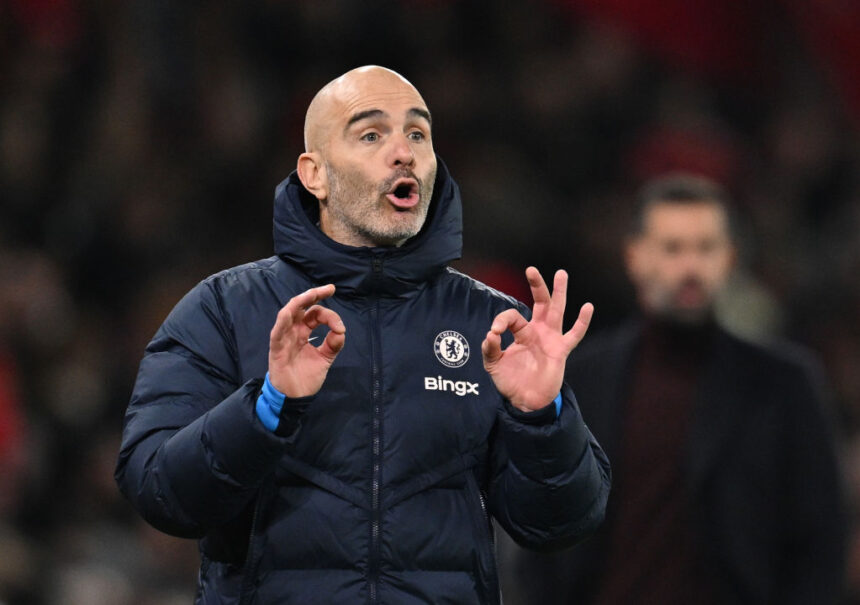Reece James, for the best part of the last five years, has looked like the prototype of a modern full-back: powerful, composed, technically gifted, and (when fit) among the best in the world.
He’s a Chelsea boy through and through, and his appointment as captain last summer felt like a perfect marriage of ability, character, and loyalty.
But football moves quickly, and sometimes brutally.
Can James be captain and be happy to be on the bench?
With Enzo Maresca arriving to restore order and direction at Stamford Bridge, a quiet revolution has taken place.
Amid the tactical tweaks, positional rejigs, and emphasis on controlled possession, Chelsea have started to shape something that looks suspiciously like a best XI. The problem, Reece James, who FourFourTwo don’t currently rank as one of the Top 10 Right-Backs in the World right now, isn’t in it.
James has been back from injury since January. Fit, training, and ready yet, when they line up with their strongest side, he’s nowhere to be seen. That’s not just a tactical nuance. That’s a headline.
Maresca’s system doesn’t accommodate traditional full-backs, at least not in the conventional sense. With inverted roles, central overloads, and emphasis on technical precision in tight areas, James has been shuffled into midfield at times. He’s held his own, but decent doesn’t cut it in a side suddenly brimming with sharp progressive midfielders.
The bigger issue is one of optics and identity. When your club captain, still only 25 and one of the top earners at the club, can’t find a place in the XI, questions need to be asked of the player, the manager, and the long-term plan.
Adapt or be left behind
There is, of course, another way to view this. James now has a challenge on his hands that could define his career.
It’s one thing to come back from injury, he’s done that before, more than once. It’s quite another to find your natural position repurposed, and your pathway to the starting XI blocked not by form, but by a change in ideology.
This is the crossroads where the elite either adapt or fade.
There are echoes of Chelsea’s past here. Branislav Ivanovic arrived as a central defender and became a club legend at right-back. Michael Essien, a midfield enforcer by trade, was brilliant at full-back when called upon by Jose Mourinho. That positional flexibility is the hallmark of a player willing to rise to the demands of elite football.
James, to his credit, hasn’t sulked. But the challenge is clear: he must now prove he can be more than just a traditional right-back. He must offer something in midfield that Maresca’s system can’t ignore, or risk becoming a rotational option, a luxury utility man rather than an untouchable starter.
Wage bill and warning signs
Chelsea’s recent history with high earners is also a factor. Just last summer, a slew of well-paid stars were ushered out of the first-team picture as part of a sweeping cost-cutting mission.
You don’t need to be a financial analyst to know that a club captain earning top wages but playing second fiddle doesn’t make for a sustainable long-term solution.
The fanbase, for now, is still with him. Many still believe that a fully fit Reece James is the best right-back in the world. His physical profile, crossing ability, and leadership are all top-tier.
But reputations fade fast when they’re not backed by regular performances in a team as young and dynamic as Chelsea’s, no one is safe from reassessment.
The question now is whether James can reinvent himself as something new, a hybrid midfielder, a tactical weapon, or even an inverted full-back capable of dictating play from deeper areas.
If he can, he becomes indispensable once again. If not, the captain’s armband might end up being the only thing he wears on a regular basis.
And for a player of his calibre and importance, that simply won’t do.
